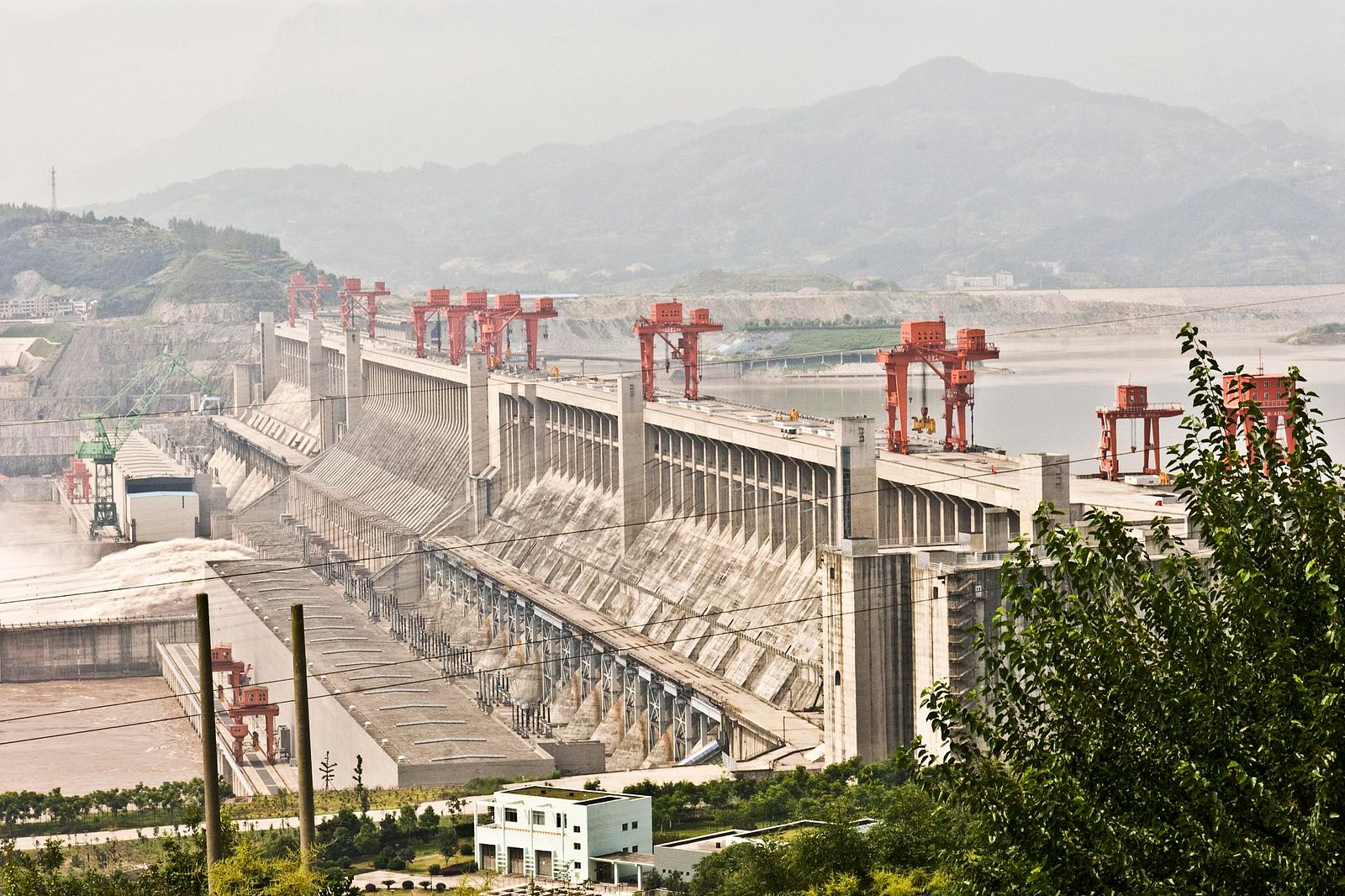Severe droughts in the Mekong Delta region are being exacerbated by the building and storage of water in dams.
Reuters reports that on February 20, China said that it will release more water from its dams along the upper Mekong River and will consider providing hydrology information in the future.
China currently has 11 dams along the upper Mekong River. This northern portion of the meandering Mekong is referred to as the Lancang River in China, and its waters flow downstream into Vietnam's agricultural center.
Speaking to the Lancang-Mekong Grouping (LMC), Chinese State Councillor and Foreign Minister Wang Yi stated that the drought has been caused by the lack of rain this year, as reported by the same Reuters piece. He expanded, stating that "China has overcome its own difficulty and increased water outflow from the Lancang River to help Mekong countries mitigate the drought."
Five countries are reliant on the Mekong River: Vietnam, Cambodia, Laos, Thailand and Myanmar. Reuters further reported on analysis by Fitch Solutions Macro Research on February 20. This analysis stated that the building of dams has already changed people's livelihoods and will continue to have drastic impacts in the next decade.
This report cited the Mekong River Commission which has projected that there will be substantial losses to fishing and farming. These losses would force these countries to import more food, likely leading to inflation, and currency depreciation.
In Vietnam, farmers are facing the effects of the drought and its intensification due to dams. VnExpress reported that the El Nino phenomenon caused a lack of rainfall in the delta from January to September of last year. Nguyen Huu Thien, an expert on the Mekong Delta ecosystem, told the news source that this water shortage has been worsened by upstream hydroelectric dams.
The same article went into detail on the situation of farmers and citizens in drought-affected areas. For example, Hai Phuong, a farmer in Tran Van Thoi District in Ca Mau Province, lost thousands of watermelon plants. His crops failed to produce after his canal completely dried up earlier this month.
In the same province, 16,000 hectares of paddy have been damaged, 30–70% of which can be attributed to drought and salination of water sources. A further 340 hectares of other crops are projected to face the same fate in Tran Van Thoi.
In Tan Hung Commune, Nguyen Thi Nhien's paddy fields are suffering due to the drought. Her rice crops have not sprouted 40 days after being sown because there simply isn't enough water. She told the newspaper that she had invested VND150 million into her crops.
Tan Thanh Commune in Tien Giang Province, meanwhile, has little water left in its largest channel. The water that is left has become too polluted for household use, and residents of this area have become dependent on public taps.
[Photos: China's Three Gorges Dam in Hubei Province/Flickr user Marshall Segal]















